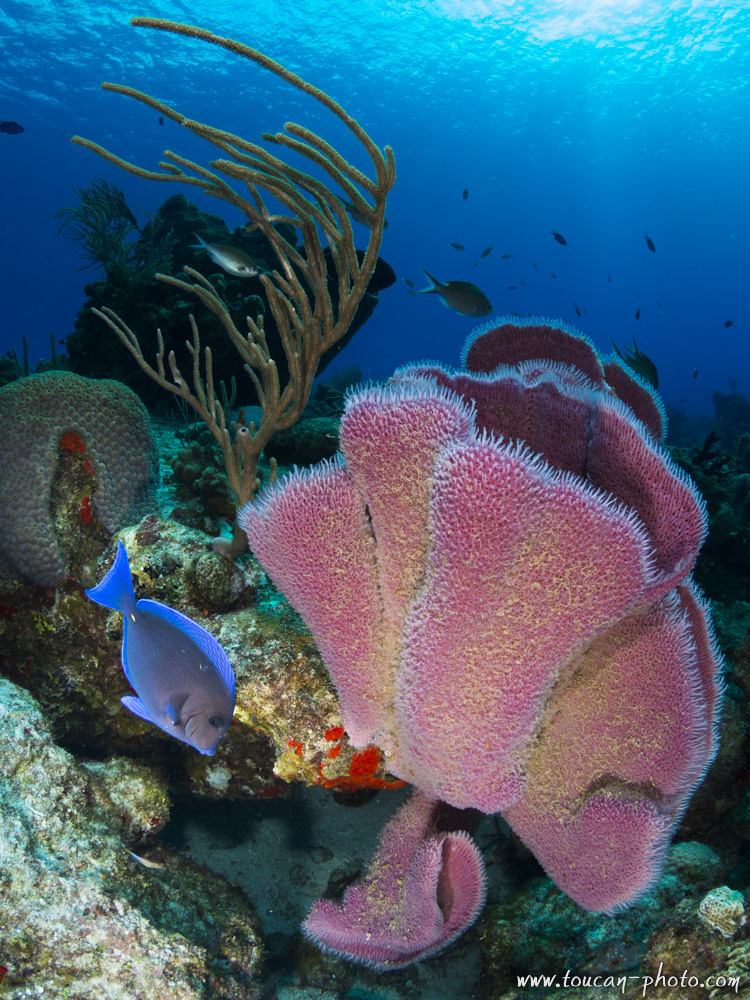
Branching vase sponge (Callyspongia vaginalis), Caribbean sea, Mexico

Branching vase sponge (Callyspongia vaginalis), Caribbean sea, Mexico
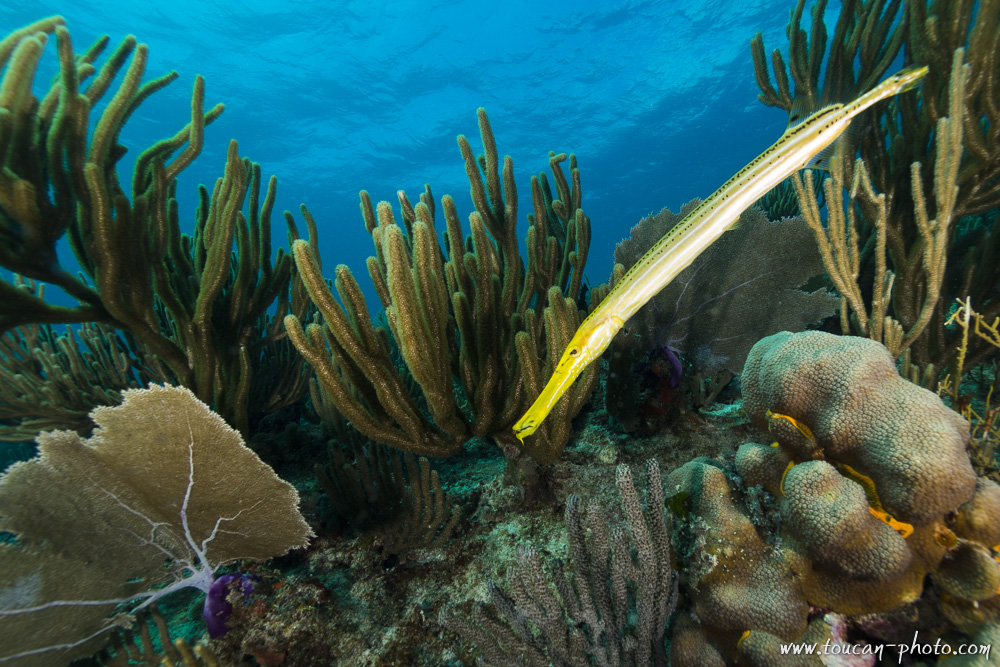
Trumpetfish (Aulostomus maculatus)
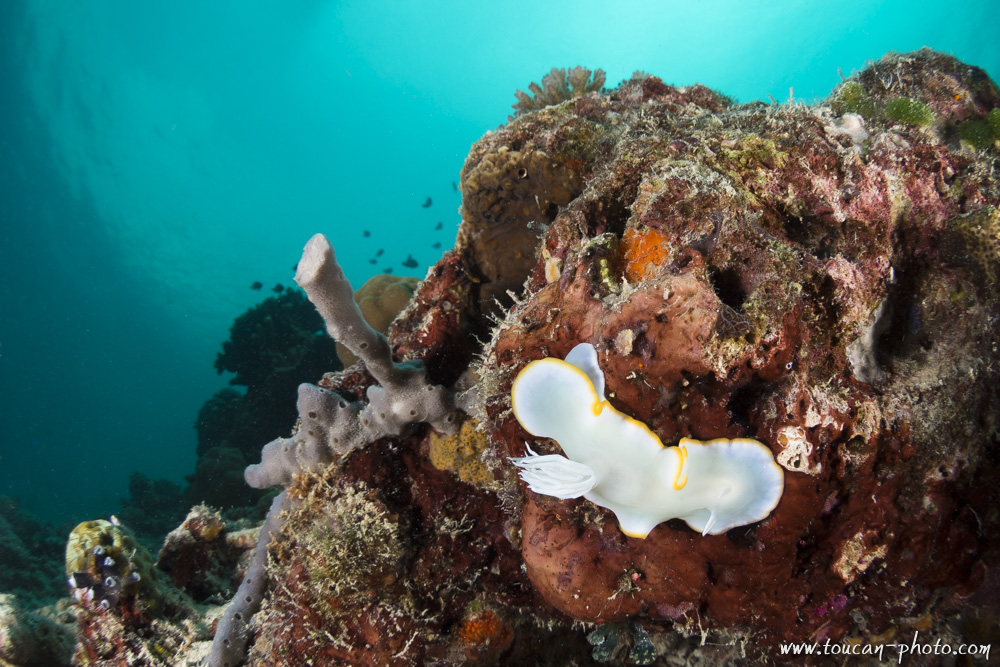
Ardeadoris Egretta, Celebes sea
Ardeadoris is a genus of sea slugs which can be up to 10cm long
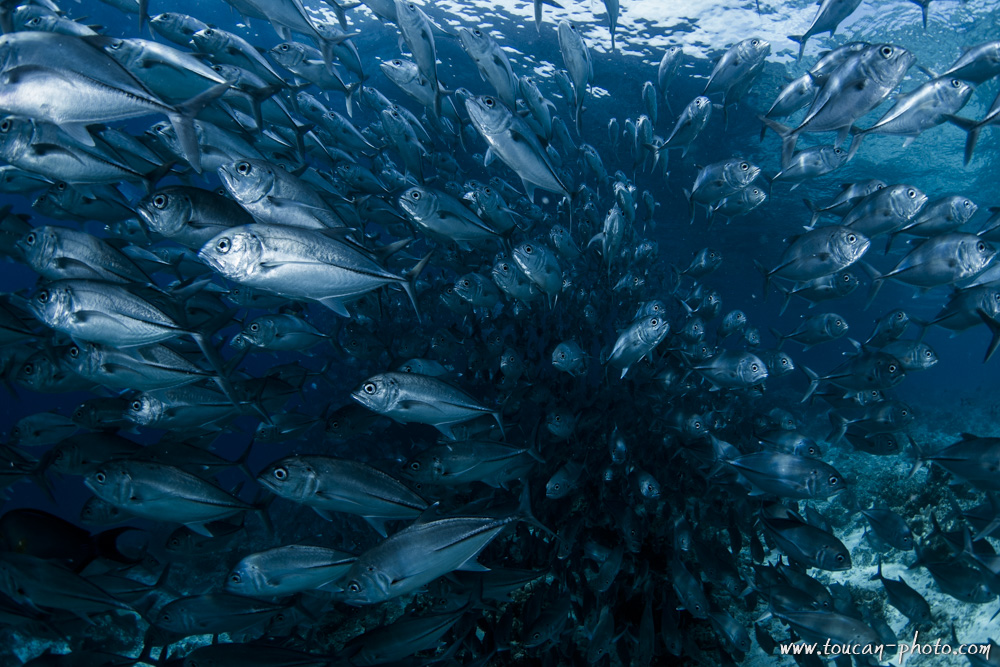 School of bigeye trevally (Caranx sexfasciatus), Celebes Sea
School of bigeye trevally (Caranx sexfasciatus), Celebes Sea
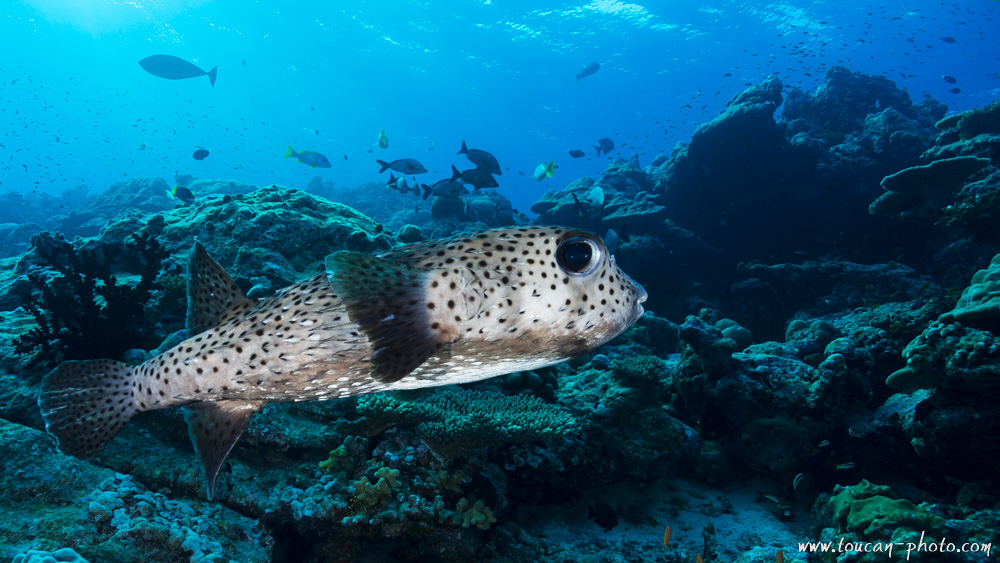 Spot-fin porcupinefish (Diodon hystrix), Maldives
Spot-fin porcupinefish (Diodon hystrix), Maldives
The porcupinefish, in case of danger can inflate itself by swallowing water to deter the potential predator with its larger volume and it can raise its spines. In addition, it concentrates a mortal poison in certain parts of its body.
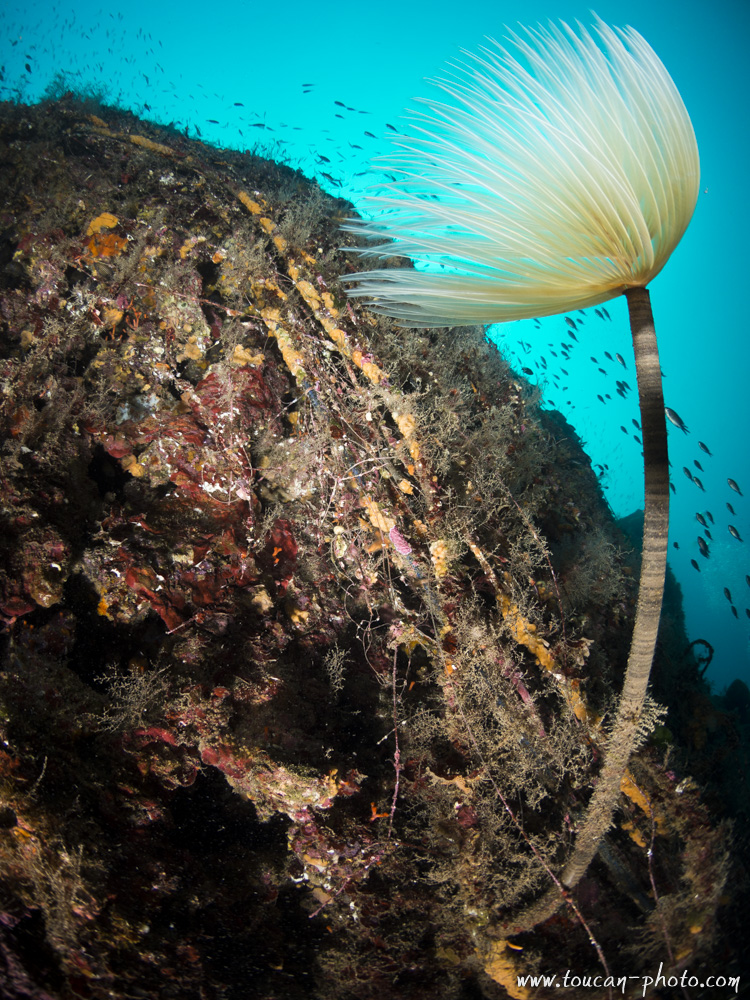 Spirographe (Spirographis spallanzani), Mediterranean sea
Spirographe (Spirographis spallanzani), Mediterranean sea
The Spirograph is a sea worm living in the Mediterranean Sea, in the Atlantic Ocean and in the North Sea.
This animal, living and fixed on a rock wall, can be seen up to 40 meters deep in the water. Being able to measure up to 35 centimeters long, this animal deploys from its mouth a feather duster of filaments enabling to catch its food and some air. The stem of this sea flower is in reality a tube made out of mucus and sand by the worm.
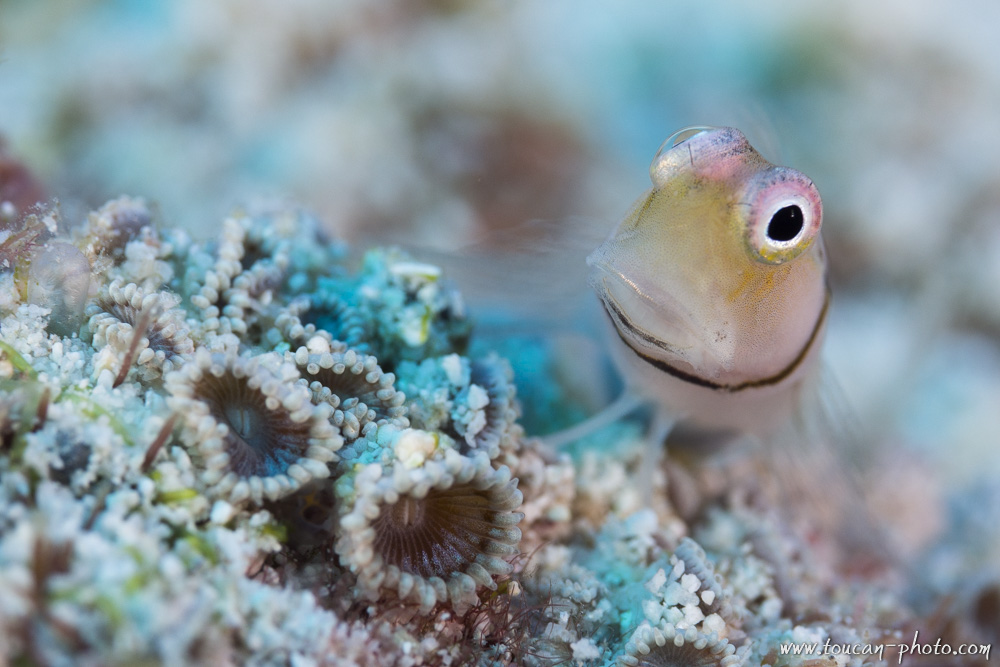 Maldives Blenny (Ecsenius minutus)
Maldives Blenny (Ecsenius minutus)
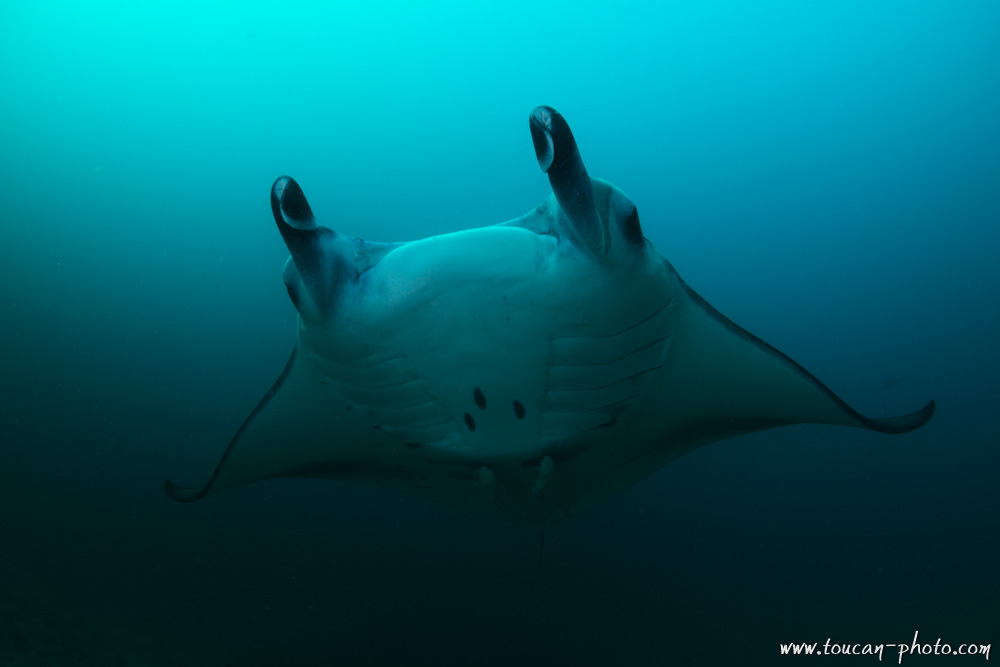 Manta Ray
Manta Ray
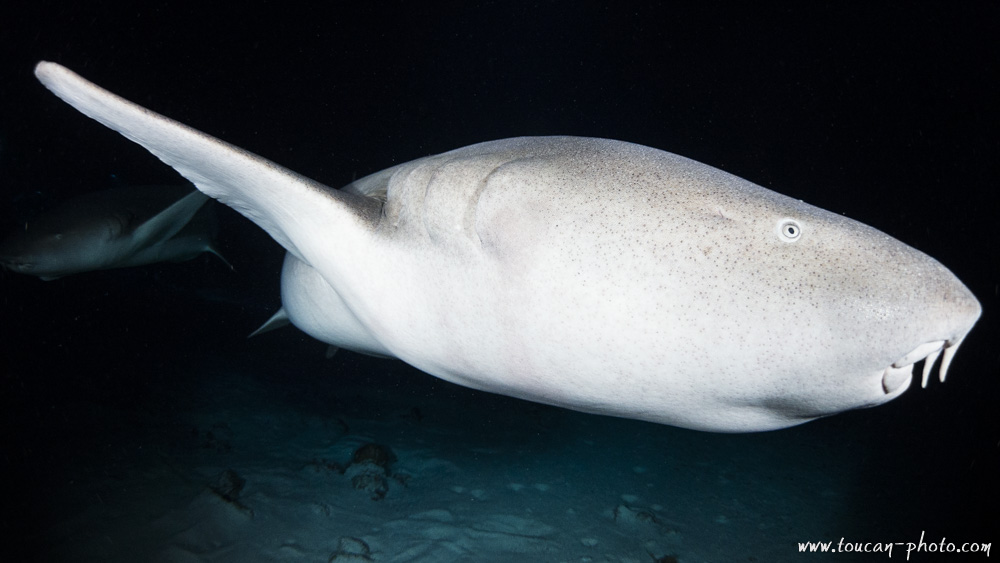 Tawny nurse shark (Nebrius ferrugineus), Maldives
Tawny nurse shark (Nebrius ferrugineus), Maldives
Nocturnal in habits, the tawny nurse shark tends to spend the day resting in piles of two dozen or more individuals inside caves or under ledges. At night, it is an active-swimming predator that uses a powerful suction force to extract prey from inside holes and crevices. The diet of this species consists mainly of octopus, crustaceans such crabs, small fishes.
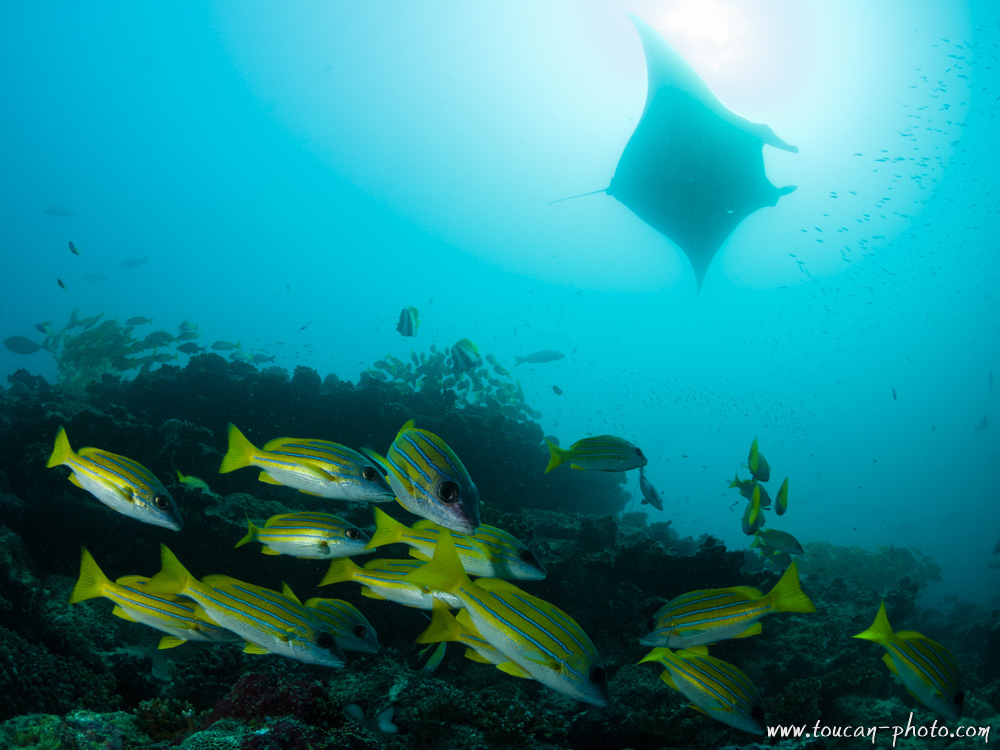 School of bluestripe snapper (Lutjanus kasmira) and Manta Ray, Maldives
School of bluestripe snapper (Lutjanus kasmira) and Manta Ray, Maldives
23 to 7 millions of years ago, during the Miocene era, Amazonia was partially covered by seawater. Cetaceans were living in this area. When seawater has been definitely out of Amazonia ground, a species would have adapted to continue living in rivers, drawing the Amazonian landscape. This species became the Boto, known also as the biggest pink dolphin of Amazonia.
Continue reading“Brazil: The Boto, pink dolphin of Amazonia”
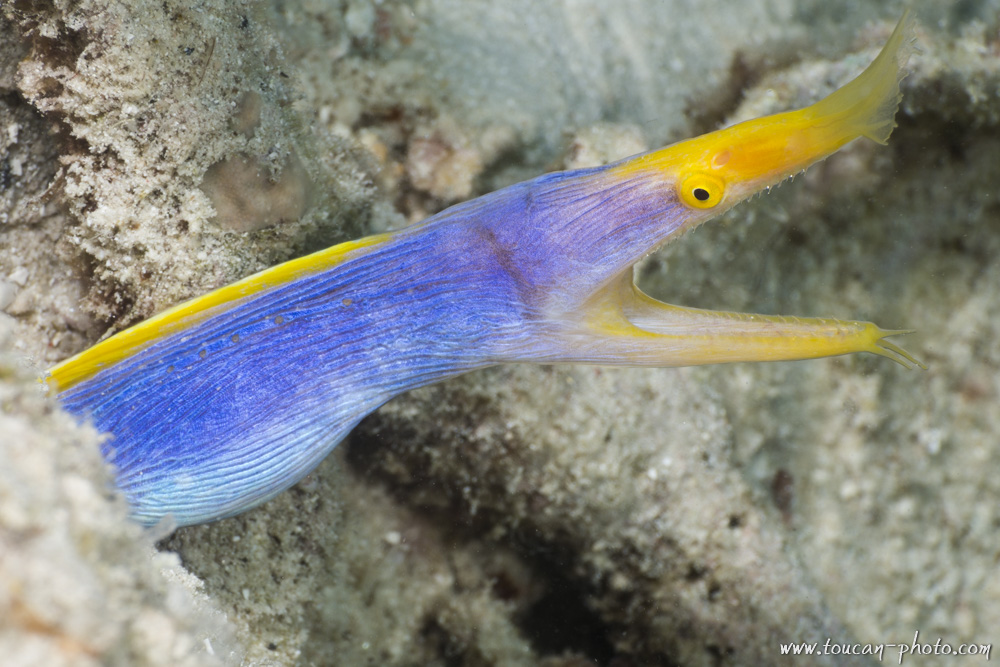 Ribbon eel (Rhinomuraena quaesita), Celebes Sea, Borneo
Ribbon eel (Rhinomuraena quaesita), Celebes Sea, Borneo
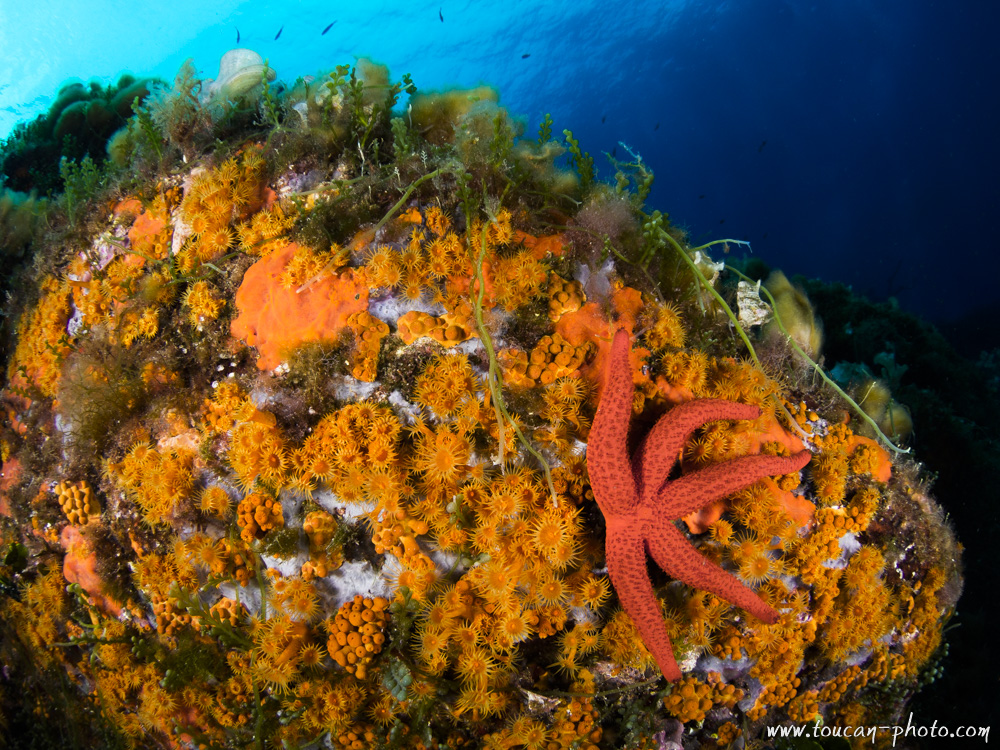 Mediterranean red sea star (Echinaster sepositus), France, Mediterranean Sea
Mediterranean red sea star (Echinaster sepositus), France, Mediterranean Sea
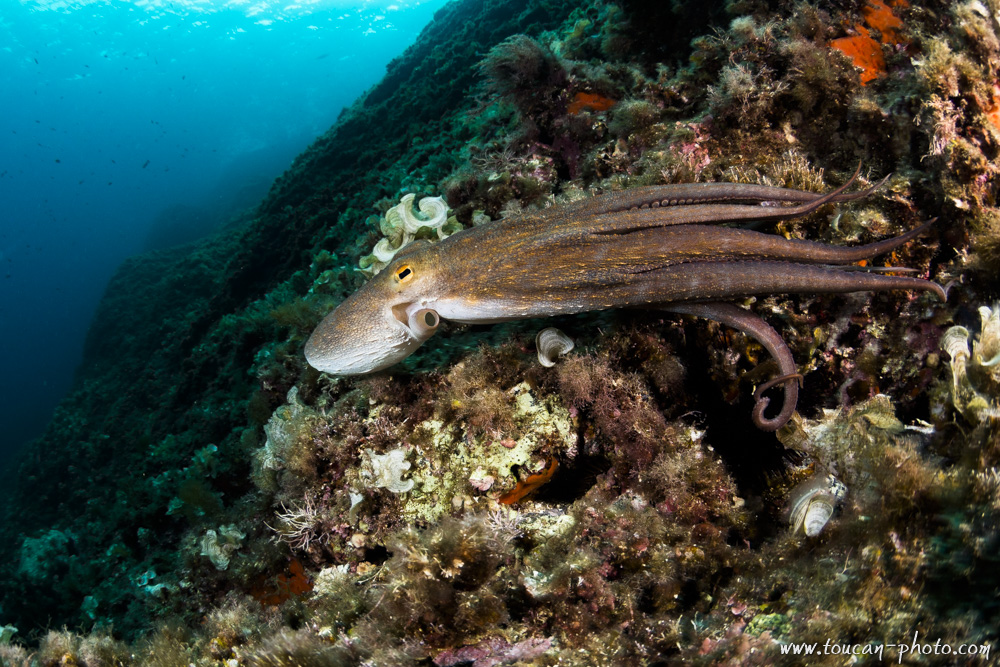 The common octopus (Octopus vulgaris) arms can length up to 1 meter long
The common octopus (Octopus vulgaris) arms can length up to 1 meter long
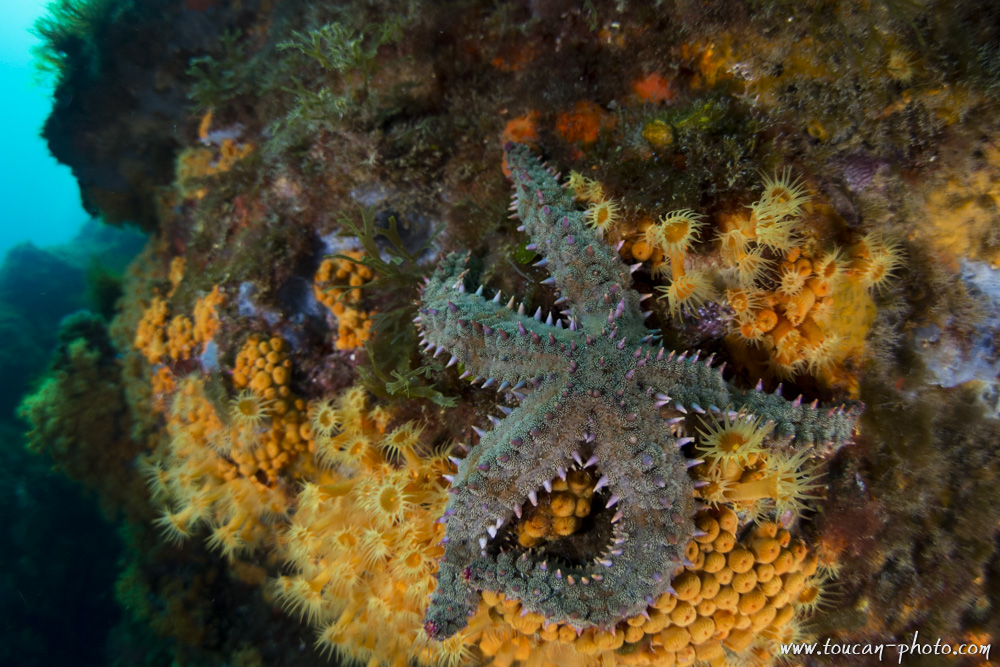 Spiny starfish (Marthasterias glacialis)
Spiny starfish (Marthasterias glacialis)
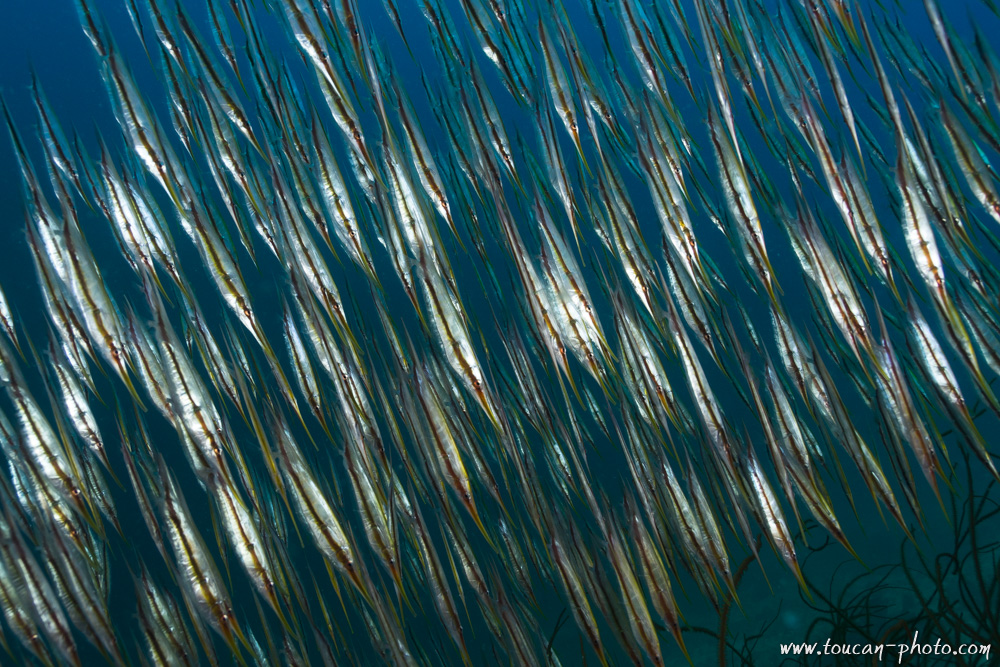 School of Rigid shrimpfish (Centriscus scutatus), Celebes sea
School of Rigid shrimpfish (Centriscus scutatus), Celebes sea
The Rigid shrimpfish, also called razorfish is about 15cm long. This fish moves in groups, and stands verticaly, facing the ground. The shrimpfish travels sandy bottoms, looking for small crustaceans it aspires with its tubular mouth
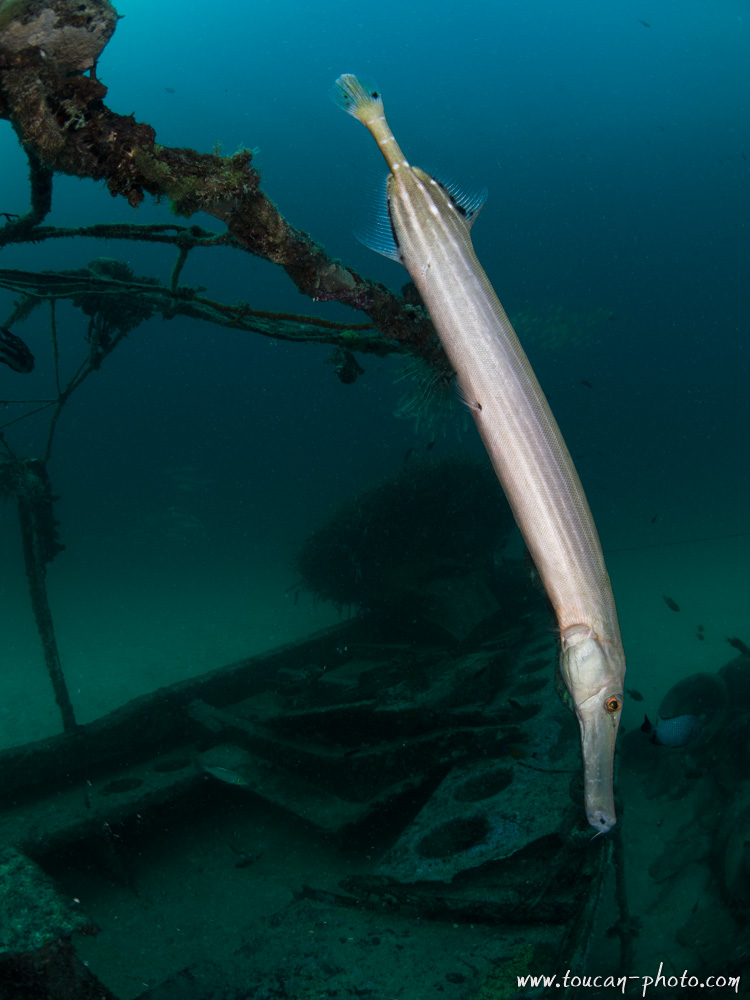 Chinese trumpetfish / Aulostomus chinensis
Chinese trumpetfish / Aulostomus chinensis
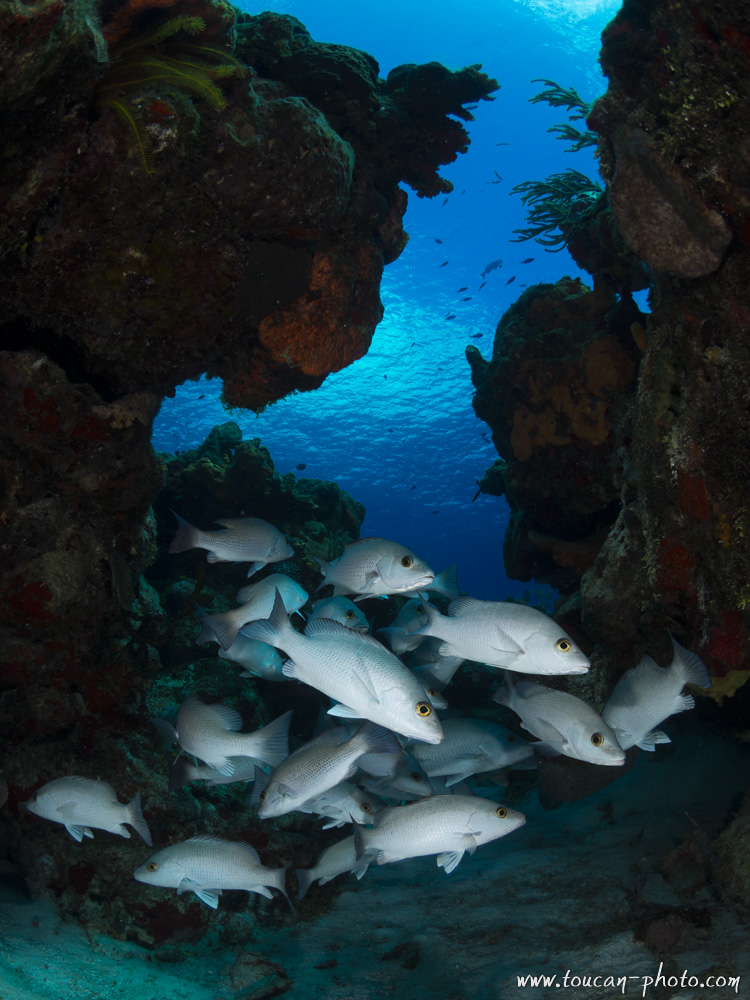 School of Grey Snapper (Lutjanus griseus), Caribbean Sea, Mexican Coast
School of Grey Snapper (Lutjanus griseus), Caribbean Sea, Mexican Coast
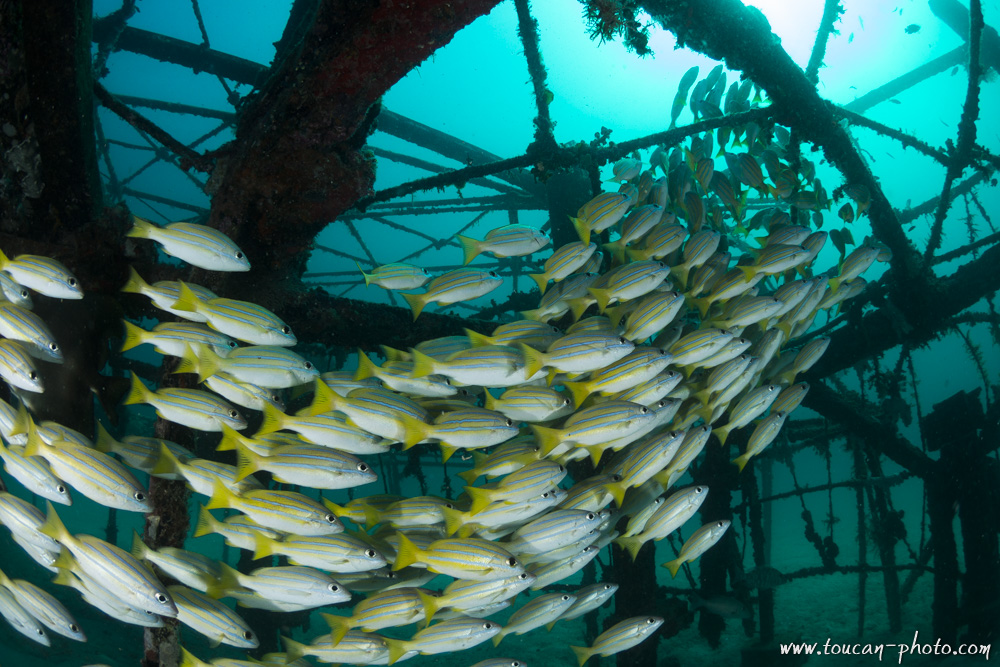 School of bluestripe snapper (Lutjanus kasmira)
School of bluestripe snapper (Lutjanus kasmira)
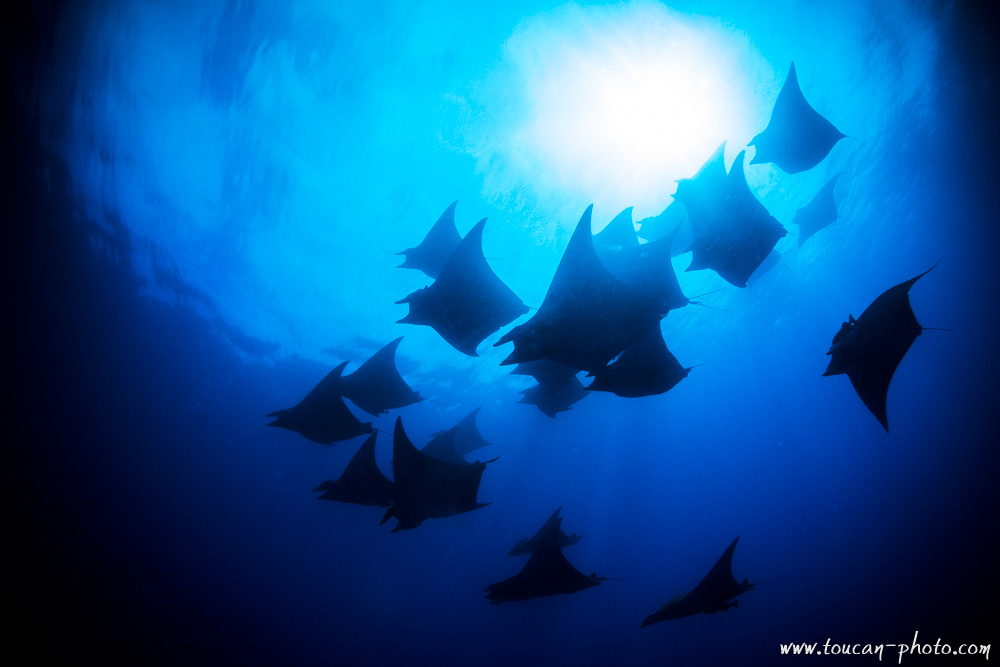 Mobulas Rays (Mobula tarapacana) cruising the Azores, Portugal
Mobulas Rays (Mobula tarapacana) cruising the Azores, Portugal
Located in the Philippines, Sulu Sea, the Tubbataha Reef has became a protected marine park on August 11th, 1988.
This marine park, with an area of 968 km2 was added to the UNESCO World Heritage list in December 1993.
In Sama language, Tubbataha means “a long reef emerged at low tide.” Indeed, this reef is composed of two parts, and each part has a small island on its center. However, the islands are very small and located far from the coast (the reef is located 181km from Puerto Princesa, the nearest city port), which make them difficult to reach for fishermen and population. If you want to imagine the Tubbataha Reef, try to picture yourself two tiny islands of maximum 2 meters, in the middle of Sulu Sea
This isolation has allowed the Tubbataha reef to maintain a high level of biodiversity along an abundance of incredible life.
Underwater, it is possible to encounter more than one thousand different species of fish, from the tiny anthias to the gigantic whale shark. All of them floating beyond the incredible coral which is composing the seabed.
Continue reading“Philippines: The Marine Park of Tubbataha”
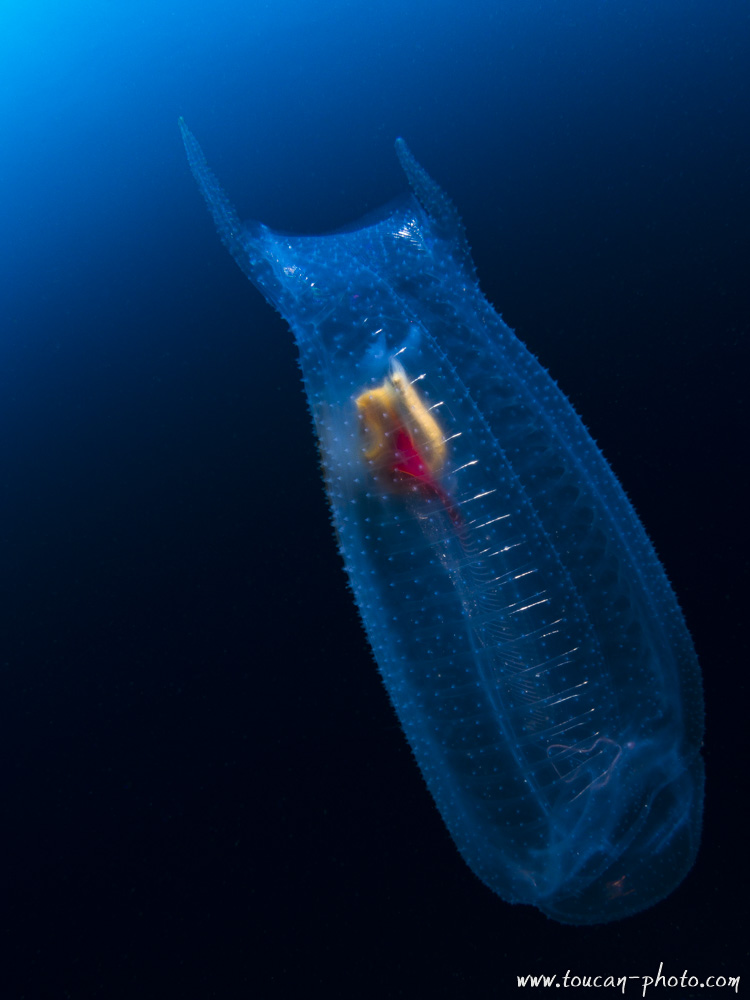 Salpa maggiore (salpa maxima), Celebes Sea, Borneo, Malaysia
Salpa maggiore (salpa maxima), Celebes Sea, Borneo, Malaysia
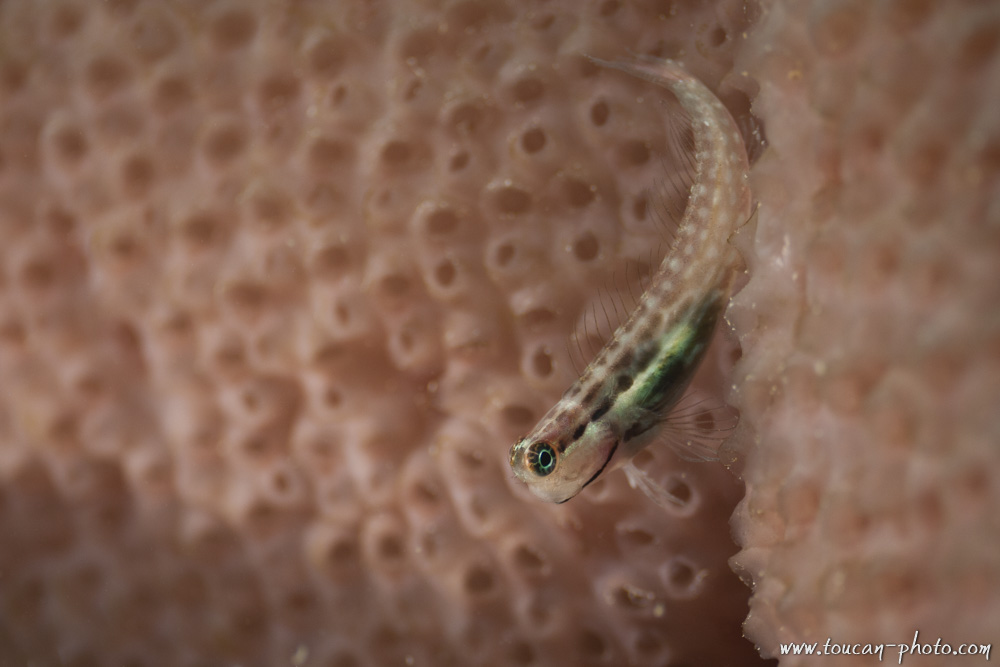 Blenny, Australia
Blenny, Australia
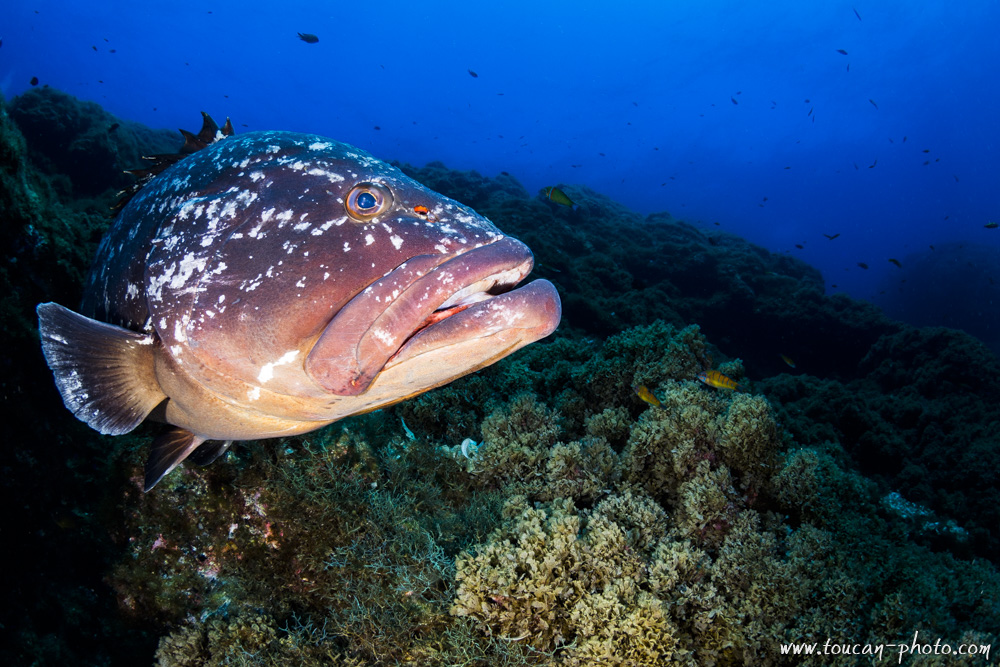 Grouper, Portugal, Azores
Grouper, Portugal, Azores
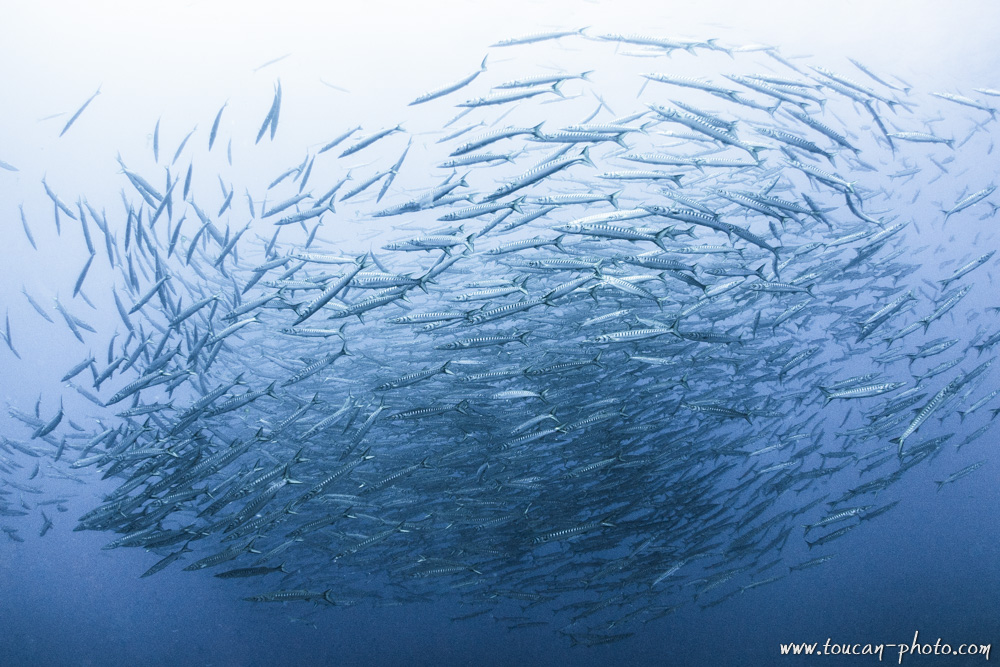 School of Barracudas (Sphyraena)
School of Barracudas (Sphyraena)
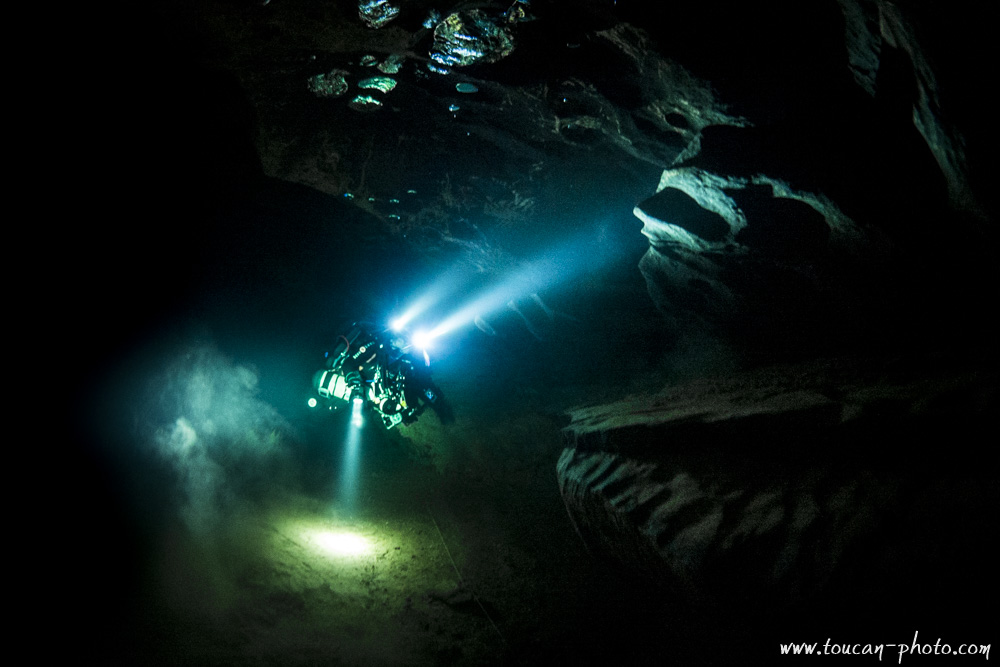 Cave diving, Landenouse Resurgence, Lot, France
Cave diving, Landenouse Resurgence, Lot, France
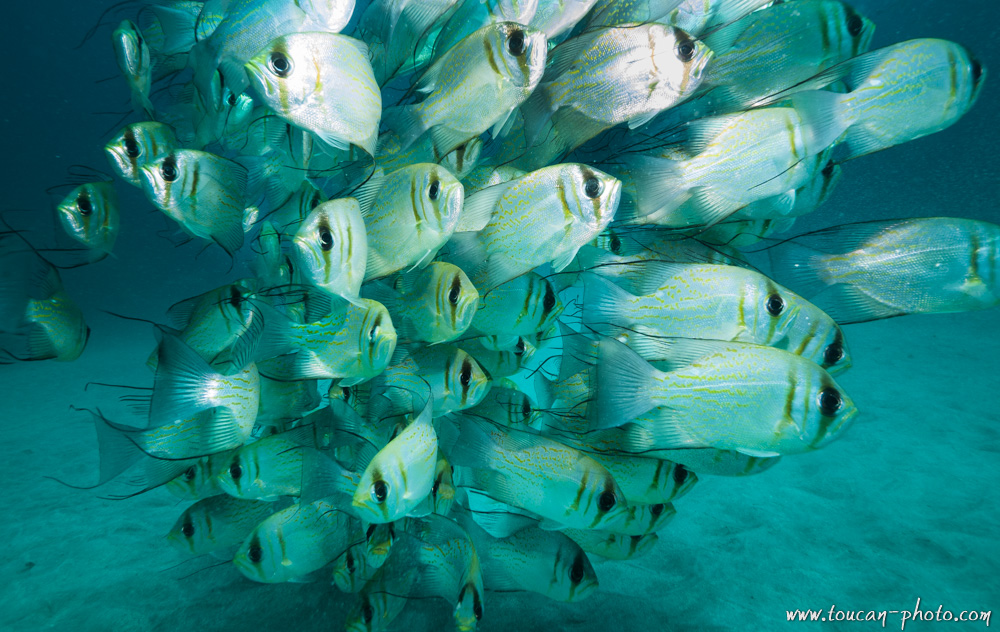 Threadfin pearl-perch (Glaucosoma magnificum)
Threadfin pearl-perch (Glaucosoma magnificum)
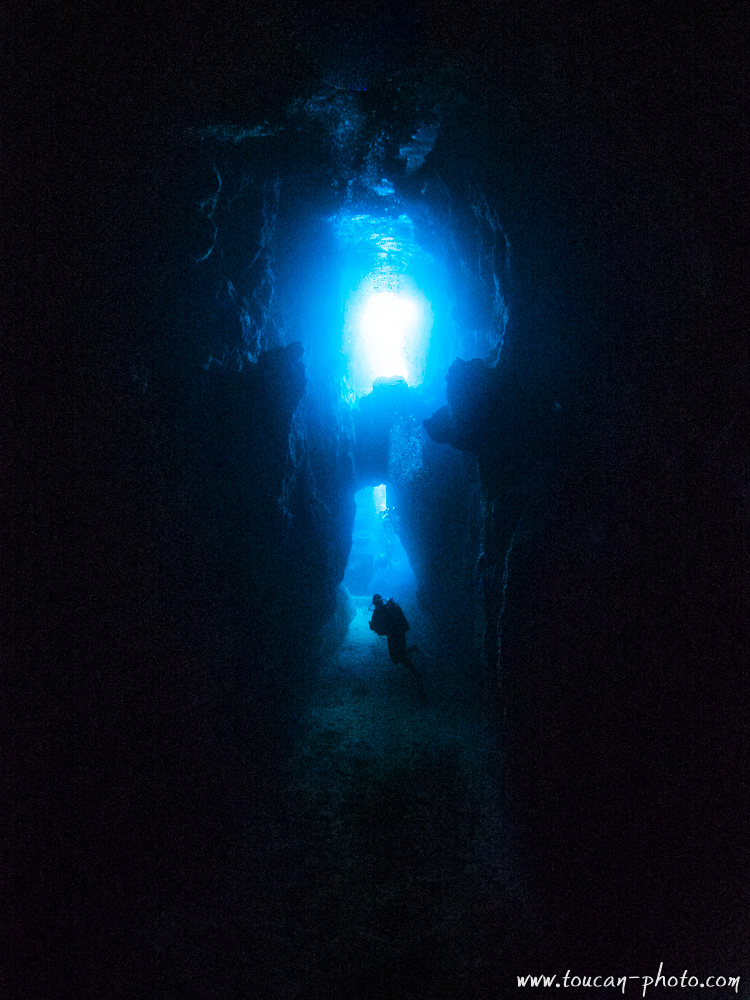 Portugal, Azores, Santa Maria island
Portugal, Azores, Santa Maria island